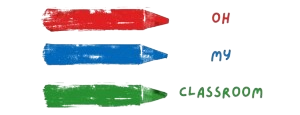If you’re looking for a fun and educational theme for your next crafting session, bumble bees are a fantastic choice.
These cute, buzzing insects captivate young children’s imaginations and offer countless opportunities for creativity and learning.
We’ll explore Bumble Bee Craft for preschool-aged children.
From simple paper crafts to sensory projects, these activities are sure to keep your little ones buzzing with excitement.
Bumble Bee Puppets:
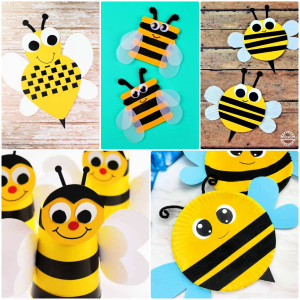
Create adorable bumble bee puppets using yellow paper plates, black construction paper, and craft sticks. Help the preschoolers cut out two black oval shapes for the eyes and a smaller oval for the nose from the construction paper. Then, let them glue the eyes and nose onto the yellow paper plate. Attach a craft stick to the back of the plate to create the puppet handle. Encourage the children to use their puppets to act out bumble bee stories or sing along to bee-themed songs. This activity promotes fine motor skills and encourages imaginative play.
Buzzing Bee Collage:
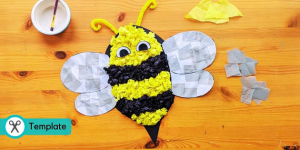
Give each child a sheet of construction paper and a variety of materials such as yellow tissue paper, black pipe cleaners, and googly eyes. Instruct the preschoolers to tear or cut the yellow tissue paper into small pieces and glue them onto the paper to create the bee’s body. Next, they can add black pipe cleaner stripes and googly eyes to complete their buzzing bees. This activity enhances fine motor skills, encourages creativity, and provides sensory exploration through tearing and gluing materials.
Related: 20 Playful Farm Science Activities for Preschoolers
Honeycomb Counting Game:
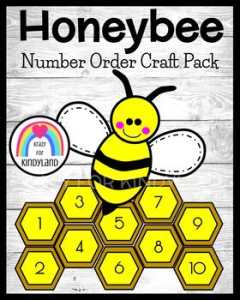
Cut out several honeycomb shapes from yellow construction paper and write numbers on them. Scatter the honeycombs on the floor or a large table. Invite the preschoolers to take turns buzzing around, collecting the honeycombs, and placing them in numerical order. Encourage them to count the honeycomb shapes aloud as they go. This activity helps develop number recognition, counting skills, and hand-eye coordination.
Bumble Bee Sensory Bottle:
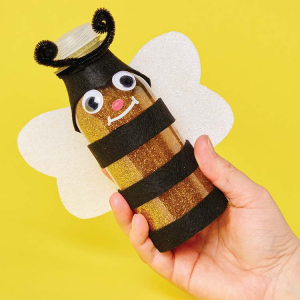
Fill a clear plastic bottle with yellow-colored water and add plastic bumble bees and glitter for visual appeal. Seal the bottle tightly and let the preschoolers shake it to watch the bees “fly” through the glittery liquid. This sensory activity provides a mesmerizing visual experience while promoting hand-eye coordination and concentration.
Bumble Bee Headbands:
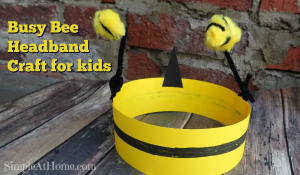
Cut strips of black construction paper and help the children measure and fit them around their heads to create headbands. Have the preschoolers decorate the headbands with yellow paper cutouts in the shape of bumble bees or honeycombs. They can also use markers or crayons to add additional designs or details. Once the headbands are ready, let them proudly wear their bumble bee headbands while engaging in bee-themed activities or dramatic play. This craft promotes fine motor skills, creativity, and a sense of pride in creating something they can wear.
Related: 20 Awesome Bugs Activities for Preschoolers
Bumble Bee Sponge Painting:
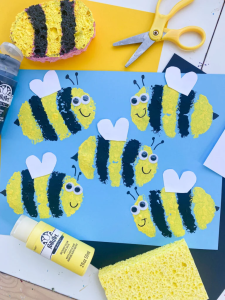
Cut out large bee shapes from sponges and provide yellow and black paint. Let the preschoolers dip the bee-shaped sponges into the paint and press them onto a piece of paper, creating vibrant bumble bee prints. Encourage them to experiment with different patterns and colors. This activity promotes sensory exploration, and hand-eye coordination, and introduces basic color-mixing concepts.
Bumble Bee Paper Bag Puppets:
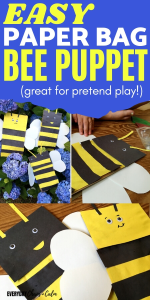
Give each child a brown paper lunch bag and provide yellow and black construction paper, googly eyes, and markers. Instruct the preschoolers to cut out yellow wings and black stripes from the construction paper. They can then glue the wings and stripes onto the bag to transform it into a bumble bee puppet. Let them use markers to draw a face and add additional details. Once completed, they can put their hands inside the bag to bring their bumble bee puppets to life. This craft encourages fine motor skills, creativity, and dramatic play.
Bumble Bee Balloon Rockets:
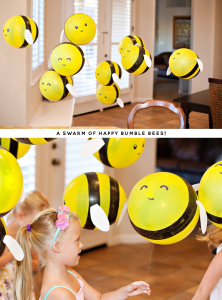
Attach a long piece of string or yarn between two chairs or any sturdy objects in the room. Blow up a yellow balloon and draw black stripes on it to resemble a bumble bee. Tape a drinking straw to the back of the balloon, ensuring it’s pointing towards the string. Hold the straw and release the balloon, allowing it to zip along the string like a buzzing bumble bee rocket. Preschoolers can take turns releasing the balloons and observe the exciting movement. This activity introduces basic principles of motion and provides a playful exploration of cause and effect.
Bumble Bee Flower Pots:

Help the preschoolers decorate small clay flower pots with yellow and black paint. Once the paint dries, assist them in adding black stripes and googly eyes to turn the pots into adorable bumble bee characters. Fill the pots with soil and let the children plant flower seeds or small plants. This activity combines craft and gardening, nurturing an appreciation for nature and fostering responsibility as they care for their plants.
Bumble Bee Dance Party:
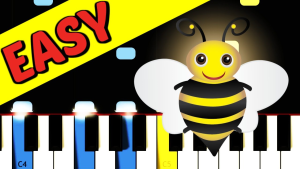
Create a buzzing atmosphere by playing lively music and encouraging the preschoolers to dance like bumble bees. Provide yellow and black fabric or scarves for them to use as wings while they dance. Guide them in imitating the movements and sounds of bumble bees, such as flying, buzzing, and collecting nectar. This activity promotes gross motor skills, coordination, and imaginative play, while also providing an outlet for self-expression and physical activity.
Bumble Bee Snack:
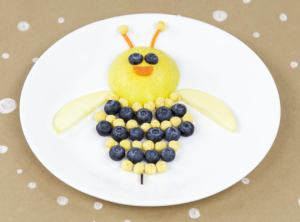
Create a healthy and fun bumble bee snack using sliced bananas as the body and raisins as the stripes. Provide each child with a banana slice and a small bowl of raisins. Instruct them to place the raisins in a pattern on top of the banana slice to create the bumble bee’s stripes. This activity not only encourages fine motor skills but also promotes healthy eating habits and introduces basic patterns and symmetry concepts.
Bumble Bee Tic-Tac-Toe:

Draw a tic-tac-toe grid on a piece of paper or use a large piece of fabric to create a reusable game board. Make black and yellow bumble bee-shaped cutouts as the game pieces. Divide the preschoolers into pairs and let them take turns placing their bumble bee pieces on the grid, aiming to get three in a row. This activity enhances strategic thinking, problem-solving skills, and turn-taking.
Bumble Bee Nature Hunt:

Take the preschoolers on a bumble bee-themed nature hunt in a safe outdoor area, such as a garden or park. Provide each child with a small magnifying glass and a list of items to find, such as flowers, leaves, or rocks. Encourage them to observe the natural surroundings, search for bumble bees, and examine the plants and insects they encounter. This activity fosters curiosity, observation skills, and an appreciation for the natural world.
Bumble Bee Playdough:
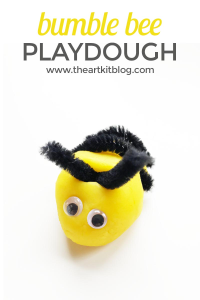
Make a batch of yellow playdough and provide black pipe cleaners, googly eyes, and small bee-shaped cookie cutters. Let the preschoolers mold the playdough into bumble bee shapes, adding pipe cleaner antennae and googly eyes to bring their creations to life. They can also use the bee-shaped cookie cutters to make additional bees. This activity promotes sensory exploration, fine motor skills, and imaginative play.
Bumble Bee Alphabet Buzz:

Create large yellow bee shapes from construction paper and write different letters of the alphabet on each one. Scatter the bee shapes on the floor or a large table. Encourage the preschoolers to take turns buzzing around and finding the bees. As they find a bee, they can identify the letter and say a word that starts with that letter. This activity reinforces letter recognition, phonics skills, and vocabulary development.
Bumble Bee Relay Race:
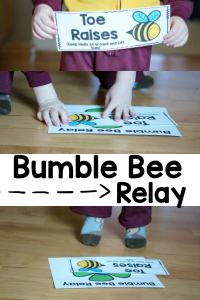
Divide the preschoolers into teams and set up a relay race course. Create a starting line and a finish line using tape or cones. Give each team a yellow foam ball or a stuffed toy bee to pass between team members as they race to the finish line. The team that completes the race first wins. This activity promotes teamwork, gross motor skills, and friendly competition.
Bumble Bee Pattern Bracelets:
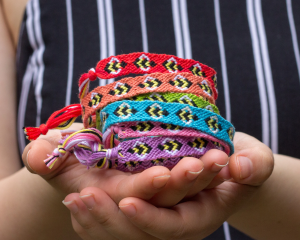
Cut out yellow and black paper strips and provide beads or stickers with different patterns, such as stripes or polka dots. Instruct the preschoolers to create patterned bracelets by alternating the yellow and black strips and adding the patterned beads or stickers. They can wear their bracelets proudly and discuss the patterns they created. This activity introduces basic patterns, color recognition, and fine motor skills.
Bumble Bee Balloon Badminton:
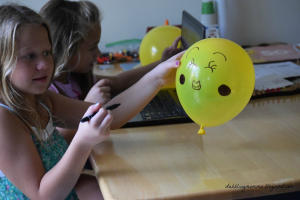
Blow up a yellow balloon and attach a craft stick or a paper plate paddle to each child. Encourage the preschoolers to bat the balloon back and forth, mimicking a game of badminton. They can count how many times they can successfully keep the balloon in the air without it touching the ground. This activity enhances hand-eye coordination, and gross motor skills, and provides a playful exercise opportunity.
Bumble Bee Sensory Bin:
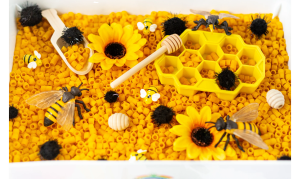
Fill a large container with dried yellow rice, black pom-poms, plastic flowers, and toy bumble bees. Let the preschoolers explore the sensory bin, using their hands or small scoops and cups to sift through the rice, find the bees, and create imaginary gardens. This sensory activity stimulates tactile exploration, creativity, and imaginative play.
Bumble Bee Yoga:
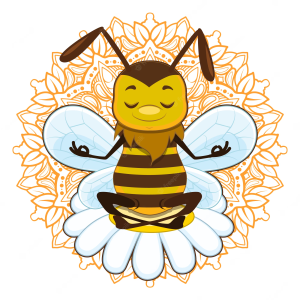
Guide the preschoolers through a bumble bee-themed yoga session. Encourage them to move and stretch their bodies while imitating the movements of bumble bees, such as buzzing, flying, and collecting nectar from flowers. Incorporate poses like “Bumble Bee Breath” where they take deep breaths in and make a buzzing sound while exhaling. This activity promotes physical fitness, body awareness, and relaxation techniques.
